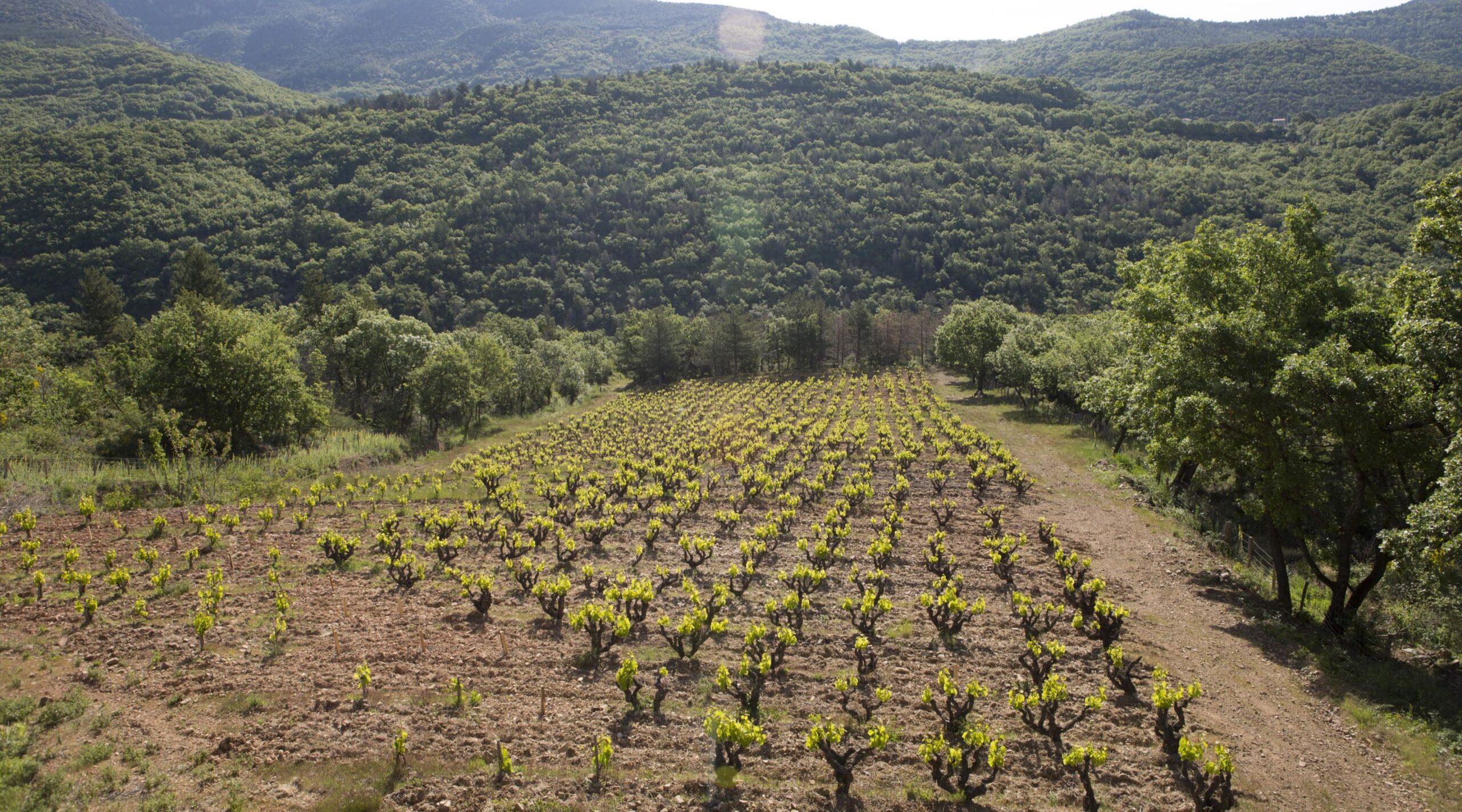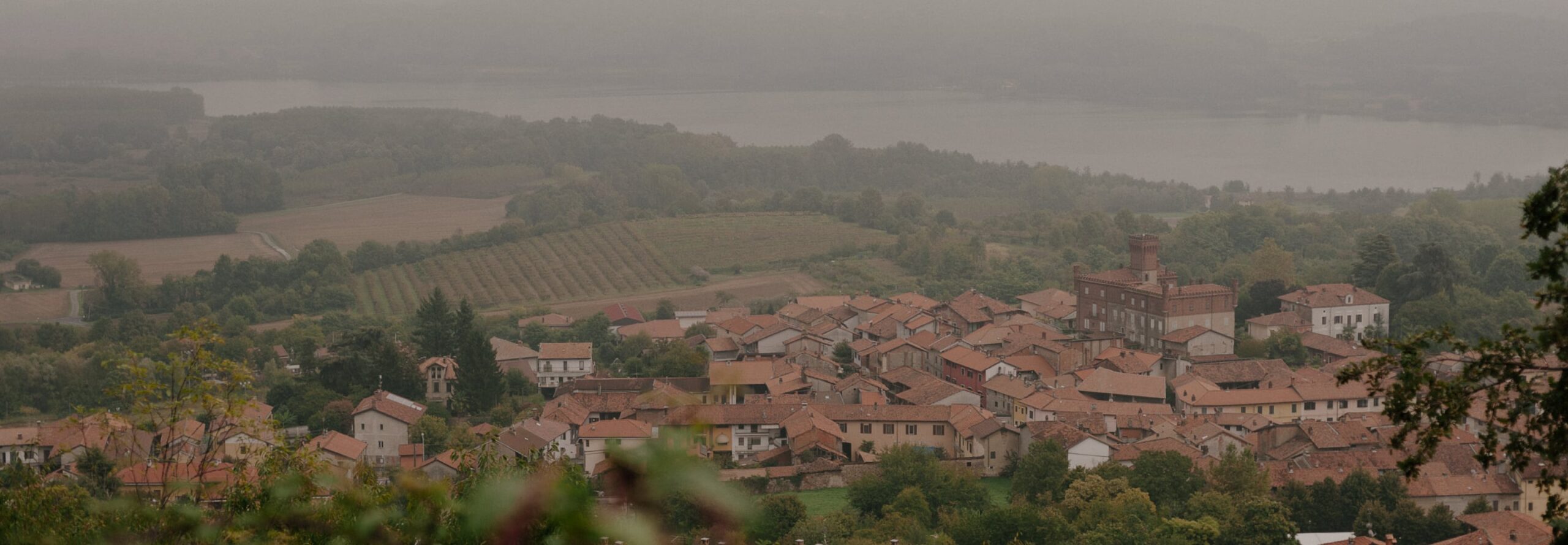As a boy in the late 70’s, Olivier Jullien witnessed the winegrowers’ uprisings in the Languedoc provoked by economic difficulties that beset (and continue to plague) small, independent farmers. The Languedoc’s vineyards were in a critical state, with decades of over cropping to produce inexpensive wine with little thought coming to a painful but necessary end. The region’s youth wanted nothing more than to leave viticulture behind, but Olivier became one of the region’s great pioneers. Only 20 years old when he converted some of the family farm’s outbuildings into a cellar, he began vinifying and bottling his wines under the Mas Jullien label. Olivier’s success was such that he inspired his father to withdraw from the co-operative and create his own winery, Mas Cal Demoura, in 1993.
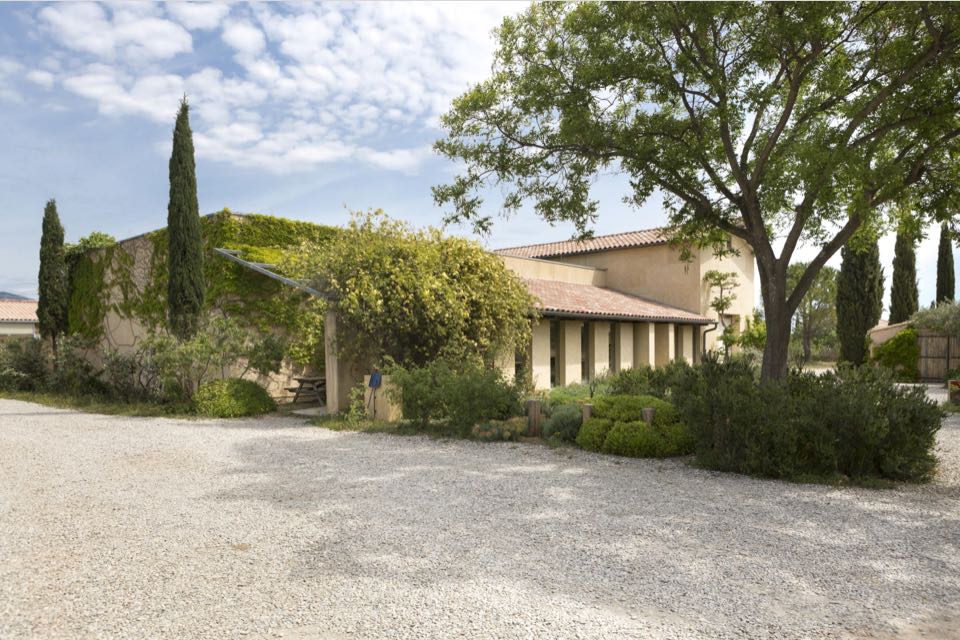
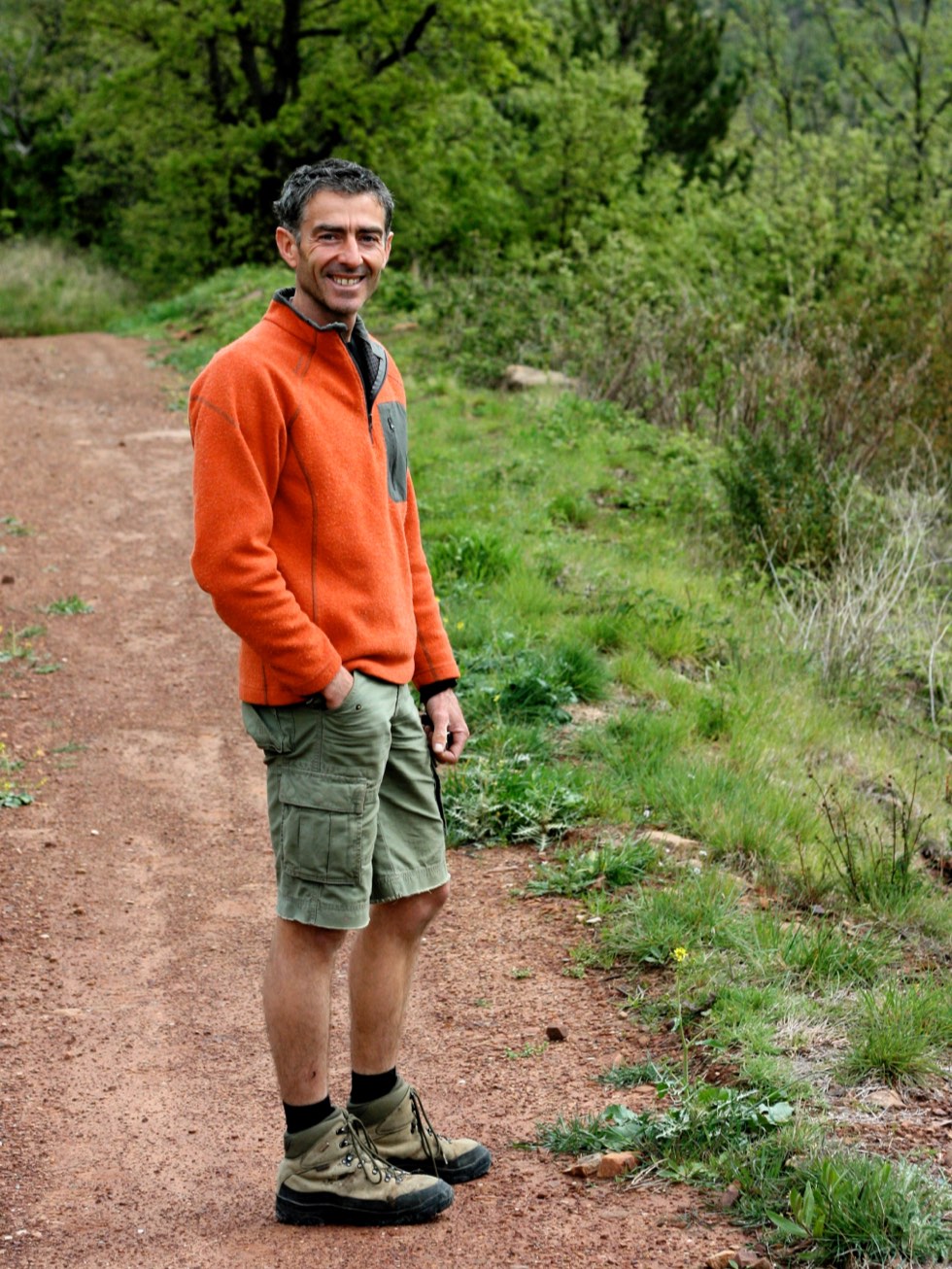
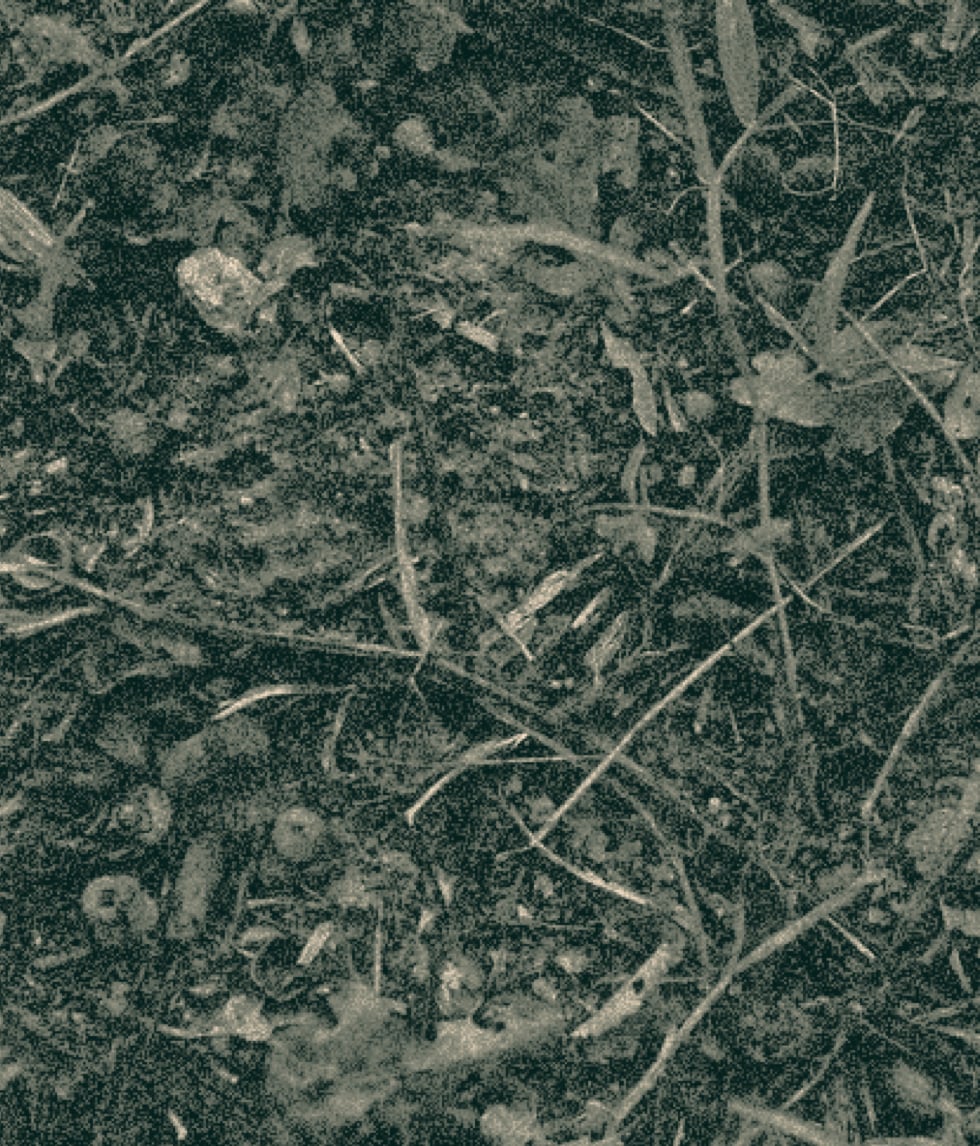
Today, the Mas Jullien controls 15 ha of vines scattered around the village of Jonquières, north of Montpellier and 40 km inland from the Mediterranean. The vines grow on the rocky terraces of the Larzac plateau at the foot of Mont Baudille, planted at up to 900 m, at some of the highest altitudes in the region. Our first meeting with Olivier, late in a winter afternoon in the mid-1980’s, still speaks to the Domaine’s strength today. The encounter was electric with anticipation, enthusiasm, even revolution. There was not much to admire in the Languedoc at that point but here was a creative genius whose moral mandate was to prove the worth of his land. His triumph is to be found in the bottles of wine he has produced and continues to produce that are, quite simply, among the most important and compelling wines of our portfolio.
Farming
Practicing organic and biodynamic
Treatments
Copper sulfate only
Ploughing
Annual ploughing to promote soil health
Soils
Limestone clays and gravels; schist and sandstone for the cuvée Carlan
Vines
Average age 35 years, trained in Gobelet, propagated through sélection massale, and planted at 4,500-8,000 vines/ha
Yields
Controlled through severe pruning, debudding, and an occasional green harvest. Average yields 20-25 hl/ha
Harvest
Entirely manual, in late September to early October
Sourcing
Entirely estate fruit
Fermentation
After total destemming, wines ferment spontaneously, except the rosé and Chenin Blanc in some vintages. Cuvaison lasts c. 15 days
Extraction
A combination of punchdowns and pumpovers for red wines. Bâtonnage for white wines
Chaptalization
None
Pressing
Pneumatic pressing
Malolactic Fermentation
Spontaneous for all wines except the rosé. Rosé’s malolactic is blocked by sulfur
Élevage
White and red wines age in a combination of 600-l demi-muids and larger foudres for 1 year, with the Autour de Jonquières cuvée seeing 2 years of élevage. Rosés age in stainless-steel tank for 6 months
lees
Wines remain on their fine lees until racking following malolactic fermentation
Fining and Filtration
Egg white or bentonite fining; cellulose filtration for white and rosé
sulfur
Applied at harvest, racking, and bottling. Total sulfur is 30-40 mg/l for reds and 50-60 mg/l for whites and rosés
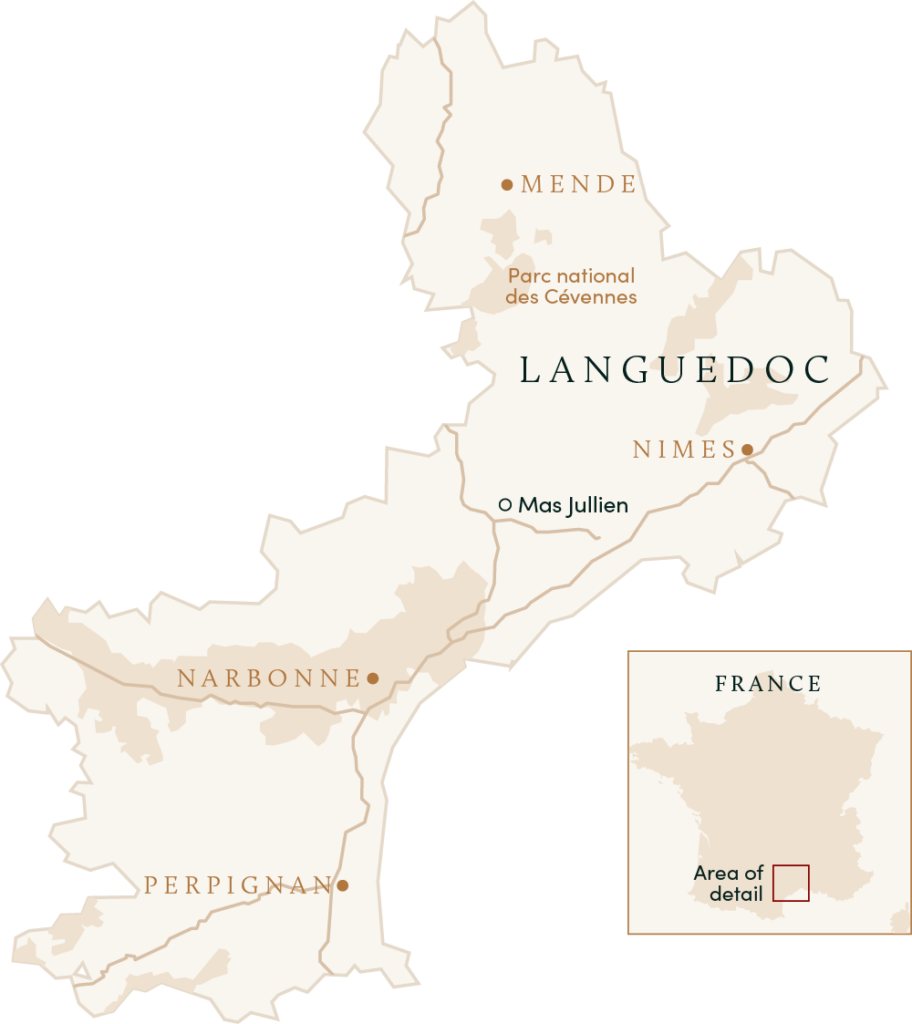
Optional caption text here lorem ipsum
